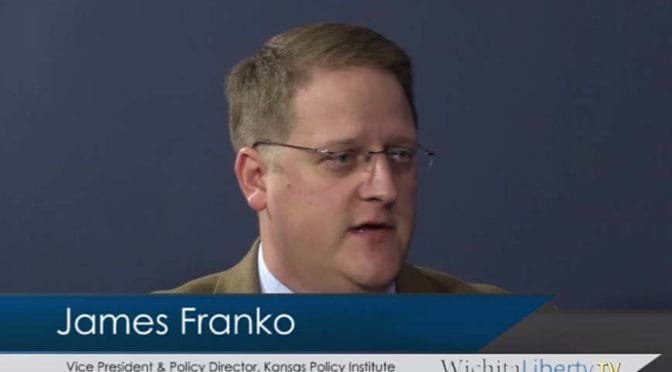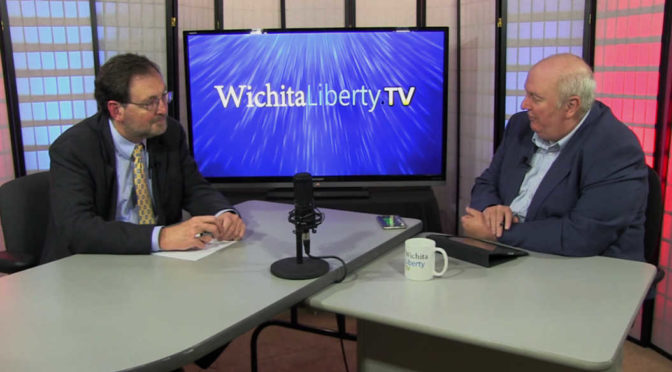One-sentence summary: Despite widespread interest in ivermectin as a COVID-19 treatment, many studies supporting its use are riddled with methodological flaws, data inconsistencies, and outright fabrications, revealing deeper issues within the scientific publication process.
Ivermectin, an antiparasitic drug that is highly effective in treating conditions like river blindness and scabies, gained attention during the COVID-19 pandemic as a potential treatment or preventative measure. While dozens of studies and a few meta-analyses suggested some efficacy, deeper scrutiny by a team of volunteer researchers engaged in “forensic peer review” revealed significant problems in many of the studies cited to support ivermectin’s benefits.
This team, which independently analyzes scientific studies for statistical anomalies, inconsistencies, and data manipulation, reviewed about 30 influential ivermectin studies. At least five were found to be so flawed that they should be retracted-one already has been. For example, a study from Egypt counted deaths that occurred before it began, and another from Lebanon featured duplicated data. Despite these issues, such studies are rarely retracted or even formally investigated, as the peer review system was overwhelmed during the pandemic and lacks the rigor to detect fraud or errors in rushed publications.
The most concerning aspect is that the studies with the most favorable outcomes for ivermectin often turned out to be the most unreliable, while more rigorously conducted trials tended to yield inconclusive or modest results. The pandemic created a publishing environment where even flawed studies could gain widespread attention quickly, bypassing normal scrutiny and being amplified by social media.
Furthermore, systemic issues plague scientific publishing: journals are slow to respond to critiques, authors resist transparency, and studies with questionable data are often left unchallenged. This creates a body of literature that appears scientifically legitimate but is fundamentally flawed. While not necessarily indicative of a conspiracy, the situation reflects a larger failure in managing scientific integrity. The prevalence of poor research, especially in high-stakes scenarios like a pandemic, points to a need for greater institutional oversight and a cultural shift toward skepticism and accountability in evaluating scientific claims.
The article argues that rather than following all science unquestioningly, it is essential to assess the quality of the research, especially during times of crisis. Many flawed studies are published in obscure or predatory journals and are designed to pad academic résumés rather than advance knowledge. However, in the pandemic era, even such marginal studies can gain traction and influence public discourse, leading to widespread misinformation.
Ultimately, the author warns that without institutional support for rigorous review and accountability, it falls to a small group of volunteers to identify and expose problematic science-an untenable situation given the stakes involved.
Heathers, James. “Ivermectin Shows That Not All Science Is Worth Following.” The Atlantic, 23 Oct. 2021, www.theatlantic.com/science/archive/2021/10/ivermectin-research-problems/620473.
Key takeaways:
- Ivermectin gained popularity as a COVID-19 treatment based on a flawed body of research.
- At least five out of 30 reviewed ivermectin studies had serious data problems or methodological flaws.
- Studies with the most dramatic pro-ivermectin findings were often the most unreliable.
- Peer review systems were overwhelmed during the pandemic, allowing flawed research to be published and amplified.
- Volunteer “forensic peer reviewers” often uncover problems journals fail to catch or address.
- Scientific publishing lacks institutional mechanisms to catch and correct flawed research effectively.
- Poor research can influence public health discourse when it gains attention on social media.
- The current system permits low-quality studies to be published with little accountability.
Most important quotations:
- “The problem is, not all science is worth following.”
- “If five out of 30 were guaranteed to explode as soon as they entered a freeway on-ramp, you would prefer to take the bus.”
- “Most problematic, the studies we are certain are unreliable happen to be the same ones that show ivermectin as most effective.”
- “There is no net.”
- “We have now reached a point where those doing systematic reviews must start by assuming that a study is fraudulent until they can have some evidence to the contrary.”
- “An unbelievable, inaccurate study… may bubble over into the public consciousness as soon as it appears online.”
- “It is a testament to how badly the scientific commons are managed that their products are fact-checked for the first time by a group of weary volunteers.”
Word count of generated summary: 799
Word count of supplied input: 2,774







 Here’s a table of the three votes taken in the Kansas House of Representatives in February and April on
Here’s a table of the three votes taken in the Kansas House of Representatives in February and April on  Here’s a table of the two votes taken in the Kansas House of Representatives in February on
Here’s a table of the two votes taken in the Kansas House of Representatives in February on 